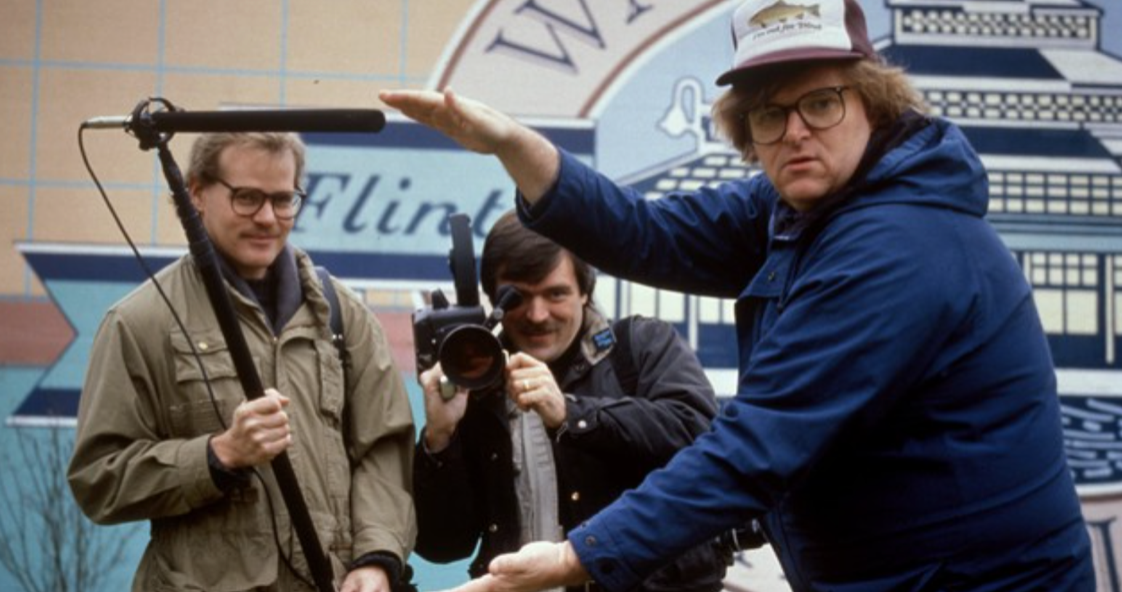
Welcome to Peabody Finds, the weekly newsletter for the Peabody Awards, offering our recommendations for powerful and thought-provoking media you should consider engaging. The newsletter offers deeper dives into Peabody-recognized programming (and beyond), with commentary, insights, and additional materials for context and expanded engagements. If you like it, subscribe here!
What to Watch to Understand Documentary History
Thanks to streaming, documentaries are cool these days—you can learn about the Murdaugh murders or Bernie Madoff’s pyramid schemes, that plane that disappeared over Malaysia or the Von Dutch trucker hat empire, cult leaders and the Beatles. In fact, documentaries have become so popular that they’re just as likely to be bad or flimsy or trashy as they are to be genuinely informative, carefully researched, and truly revelatory. That is the blessing and the curse of living in a post-Tiger King world: There are junk-food documentaries, there are eat-your-vegetables documentaries, and then there are the best kind, the sumptuous and satisfying meals.
Documentary filmmaking as an art form began with 1922’s Nanook of the North (see below). But for the next several decades, nonfiction movies were often considered arthouse fare or college class material, good for you but no fun. Every once in a while, a true pop culture hit would break through: The 1976 cult classic Grey Gardens, for instance, or the devastating 1985 Holocaust film Shoah. Michael Moore’s flashy, brash, opinionated work—1989’s Roger and Me, 2002’s Bowling for Columbine, 2004’s Fahrenheit 9/11, 2007’s Sicko—helped to change the game, getting theatrical runs and entering the zeitgeist. So did a very different film, 2005’s sweet nature documentary, March of the Penguins.
Documentaries matter because they tell true stories—and make us feel. The best documentaries are immersive, compelling, and change the way we see the world. They’re journalism that goes deeper and bigger than standard news stories can. They bring excellent filmmaking to bear on real-life issues, resulting in greater empathy and understanding and often inspiring action and change.
If you want to start with the basics, here are the films that Peabody, the premiere documentary awards program, recommends as documentary canon.
‘Nanook of the North’ (1922)
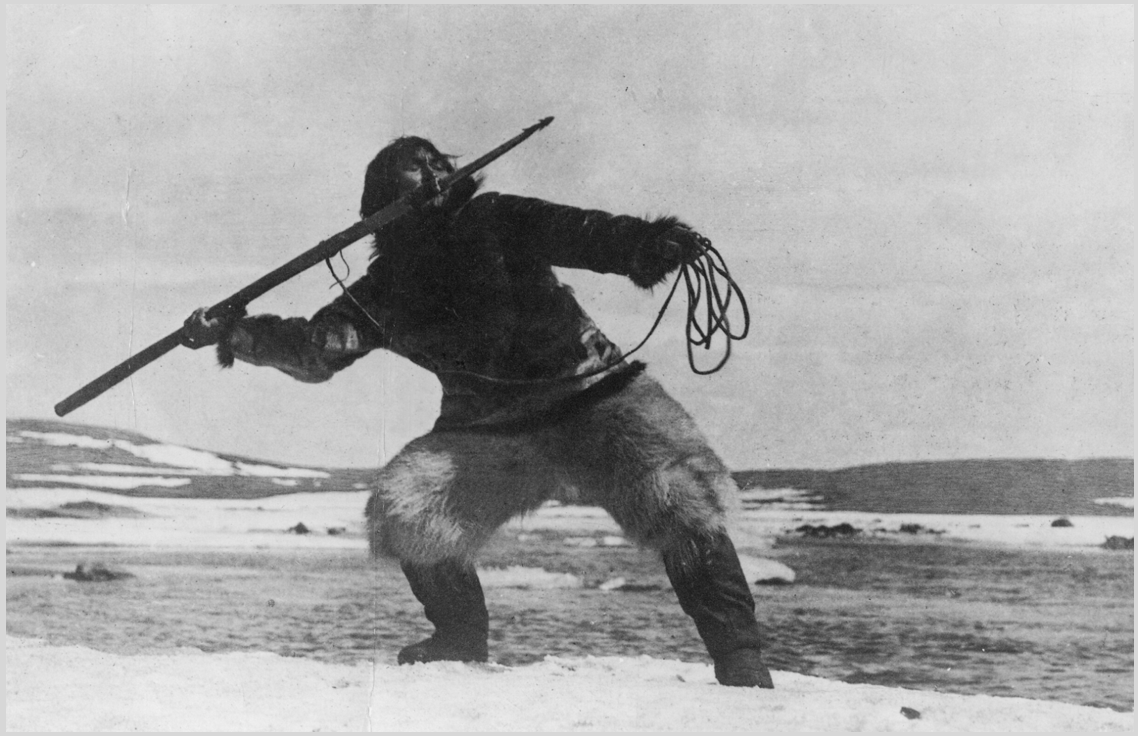
Director Robert J. Flaherty makes great use of black and white film in this groundbreaking documentary, produced at a time when the genre hadn’t even been defined. In fact, the film combines elements of documentary and fiction. It follows a real Inuk man in Quebec, Canada, as he searches for food, builds an igloo, hunts a walrus, and goes about daily survival. But Flaherty changed his subject’s name (from Allakariallak to Nanook), swapped in different women for Nanook’s wives, and staged scenes, which made the film an object of attack in some circles. Critic Roger Ebert wrote in response to these criticisms: “The film is not technically sophisticated; how could it be, with one camera, no lights, freezing cold, and everyone equally at the mercy of nature? But it has an authenticity that prevails over any complaints that some of the sequences were staged. If you stage a walrus hunt, it still involves hunting a walrus, and the walrus hasn’t seen the script. What shines through is the humanity and optimism of the Inuit.”
Where to Watch: Amazon
‘Triumph of the Will’ (1935)
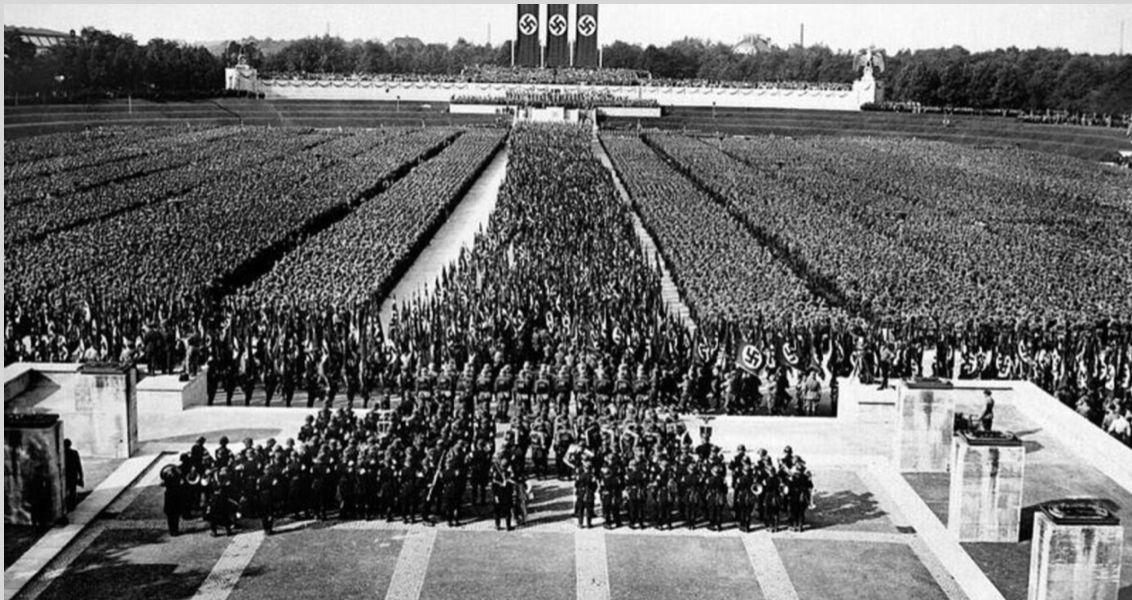
Commissioned by Adolf Hitler and directed by Leni Riefenstahl, this infamous propaganda film documents the 1934 Nazi Party Congress in Nuremberg, making great visual use of the 700,000 supporters in attendance with large crowd shots emphasizing conformity—thousands of Nazi salutes, scores of Nazi flags, troops moving in unison. Riefenstahl highlights Germany’s rich history and beauty in between scenes of fiery speeches from Hitler’s minions as well as Hitler himself. The nearly two-hour run time feels tedious at times by modern standards, but the film offers insights into a chilling time and place in history, and the Riefenstahl’s technique is, alas, superb. For more context and an absolutely mind-blowing film portrait, check out The Wonderful Horrible Life of Leni Riefenstahl, a documentary about the filmmaker, on YouTube.
Where to Watch: AppleTV+
‘Night and Fog’ (1956)
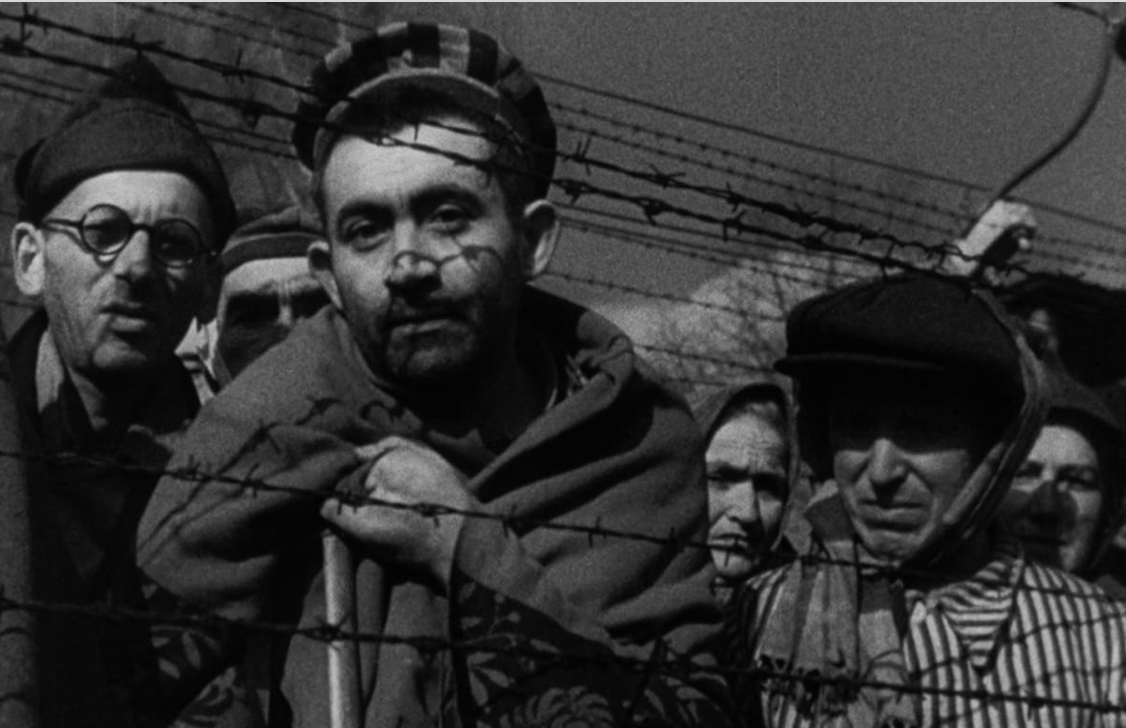
One of the first films to tackle the Holocaust, French director Alain Resnais’ Night and Fog documents the abandoned wreckage of Auschwitz and Majdanek ten years after their liberation. Contrasting this haunting stillness with wartime footage, in just 32 minutes, Resnais outlines the history of the camps, offers a snapshot of daily life within them, investigates the Nazis’ extermination techniques, and covers the camps’ evacuations as well as the lessons to be learned from this dark chapter in history. In the process, he investigates humanity’s capacity for atrocity and wonders whether it could happen again. Though post-World War II politics threatened to stop the film from ever being shown publicly, a group of Holocaust survivors demanded it be screened at the Cannes Film Festival, threatening to occupy the screening room in their camp uniforms unless it was. It went on to become a documentary classic.
Where to Watch: Amazon
‘Grey Gardens’ (1975)
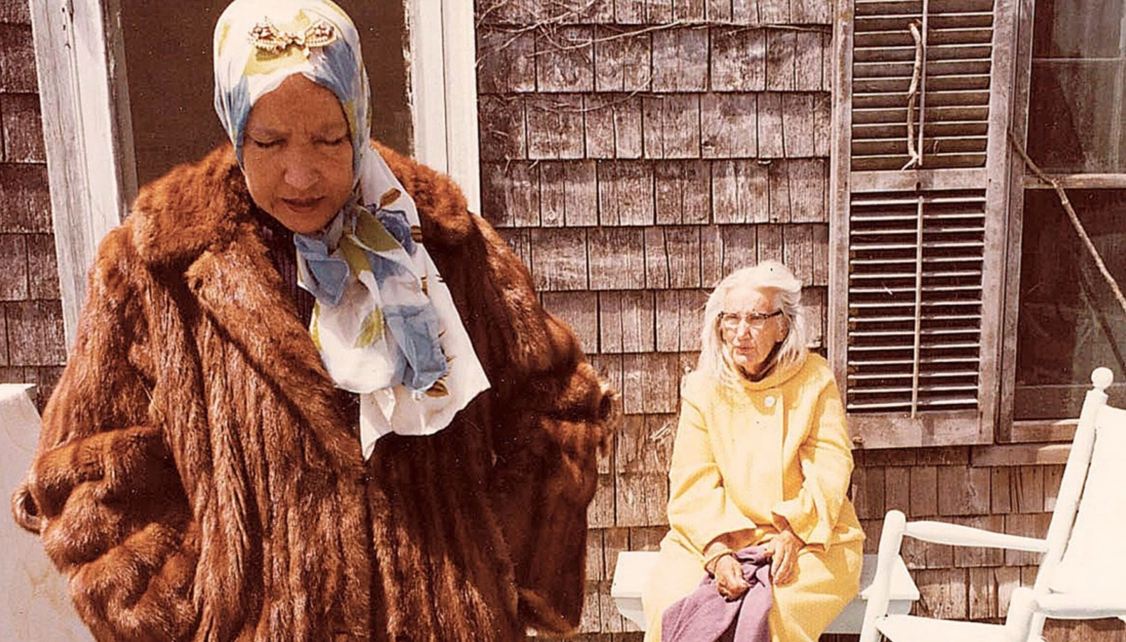
This precursor to reality TV made icons of “Big Edie” and “Little Edie,” a mother and daughter both named Edith Beale, upper-class women and close relatives of First Lady Jacqueline Kennedy Onassis, who secluded themselves in a deteriorating old home in East Hampton, New York. The combination of their mansion’s squalor and their penchant for flamboyant fashion and musical performances made them symbols of high camp, as well as the subjects of debate: Were filmmakers Albert and David Maysles exploiting the women’s mental illness? The Maysleses’ unique hands-off approach to filming the Edies, with no commentary or additional framing, lends Grey Gardens an intimate feeling, and the directors argued that this gave the women a chance to tell their own story. The film has since become an integral part of pop culture, inspiring a Rufus Wainwright song, a scripted HBO film starring Jessica Lange and Drew Barrymore, several performances on RuPaul’s Drag Race, and an episode of the parody show Documentary Now! called “Sandy Passage,” among other homages.
Where to Watch: Amazon
‘The Thin Blue Line’ (1988)
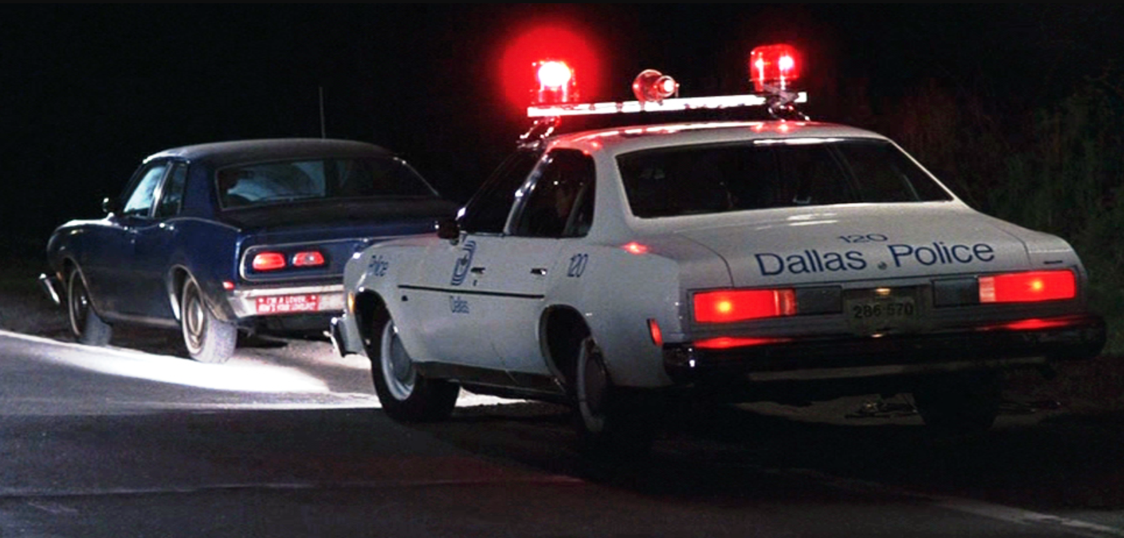
Filmmaker Errol Morris’ post-modern work leads viewers to question memory and truth as he investigates a wrongful murder conviction in Dallas County, Texas, presaging today’s glut of true-crime nonfiction, from Serial to Making a Murderer. By pointing out the case’s inconsistencies and corruption in the justice system, Morris helped to win exoneration for Randall Dale Williams in the fatal 1976 shooting death of police officer Robert W. Wood. Though it won wide critical acclaim, it was controversial for its use of reenactments of the crime, which barred it from consideration for an Oscar. Its stylish flourishes include a unique interview style (with subjects speaking directly to the camera) and a score by minimalist contemporary composer Philip Glass. Don’t miss Morris’ brilliant Fast, Cheap, & Out of Control, either.
Where to Watch: Amazon
‘Roger & Me’ (1989)

Gonzo documentarian Michael Moore’s debut leverages the power of the uncomfortable, confrontational interview—and a dash of humor—to create an entirely new kind of nonfiction film that would beget the likes of The Daily Show and the Boratfilms. In it, Moore sets out to face off with General Motors chairman Roger B. Smith after the automaker’s devastating layoffs in the late 1980s in Moore’s hometown of Flint, Michigan. His journey is interspersed with Flint’s working-class history and its dependence on GM, as well as interviews with laid-off workers whose lives have been devastated. By making his quest for an interview the engine of his film, Moore reveals the levels of power at work to cover up and deny capitalism’s uncaring impact on the powerless.
Where to Watch: Amazon
Further Viewing: ‘This Is Spinal Tap’ (1984)
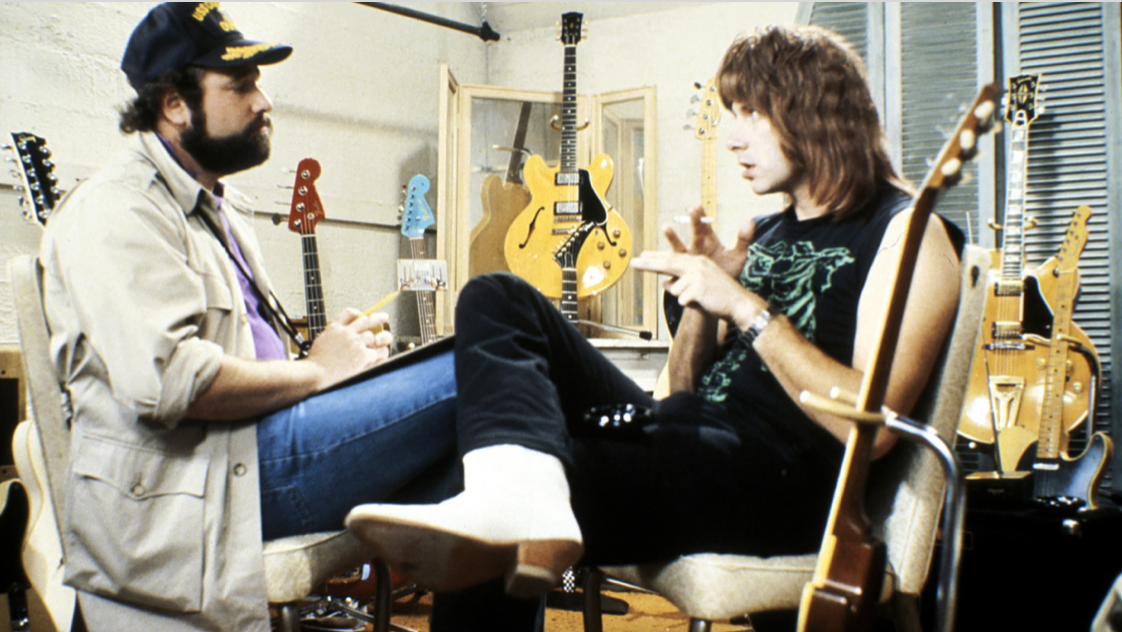
This mockumentary about an over-the-top rock band named Spinal Tap, directed by Rob Reiner and full of improvisation from Christopher Guest, Michael McKean, and Harry Shearer, became a cult-worshipped classic full of cultural reference points: “This one goes to 11,” the mini-Stonehenge built in inches instead of feet, spontaneously combusting drummers. While it sent up the entire documentary genre—and particularly rock docs like Don’t Look Back and The Last Waltz—it also paved the way for a wave of improvised mockumentary sitcoms such as The Office, Parks and Recreation, and Modern Family.
Where to Watch: YouTube
